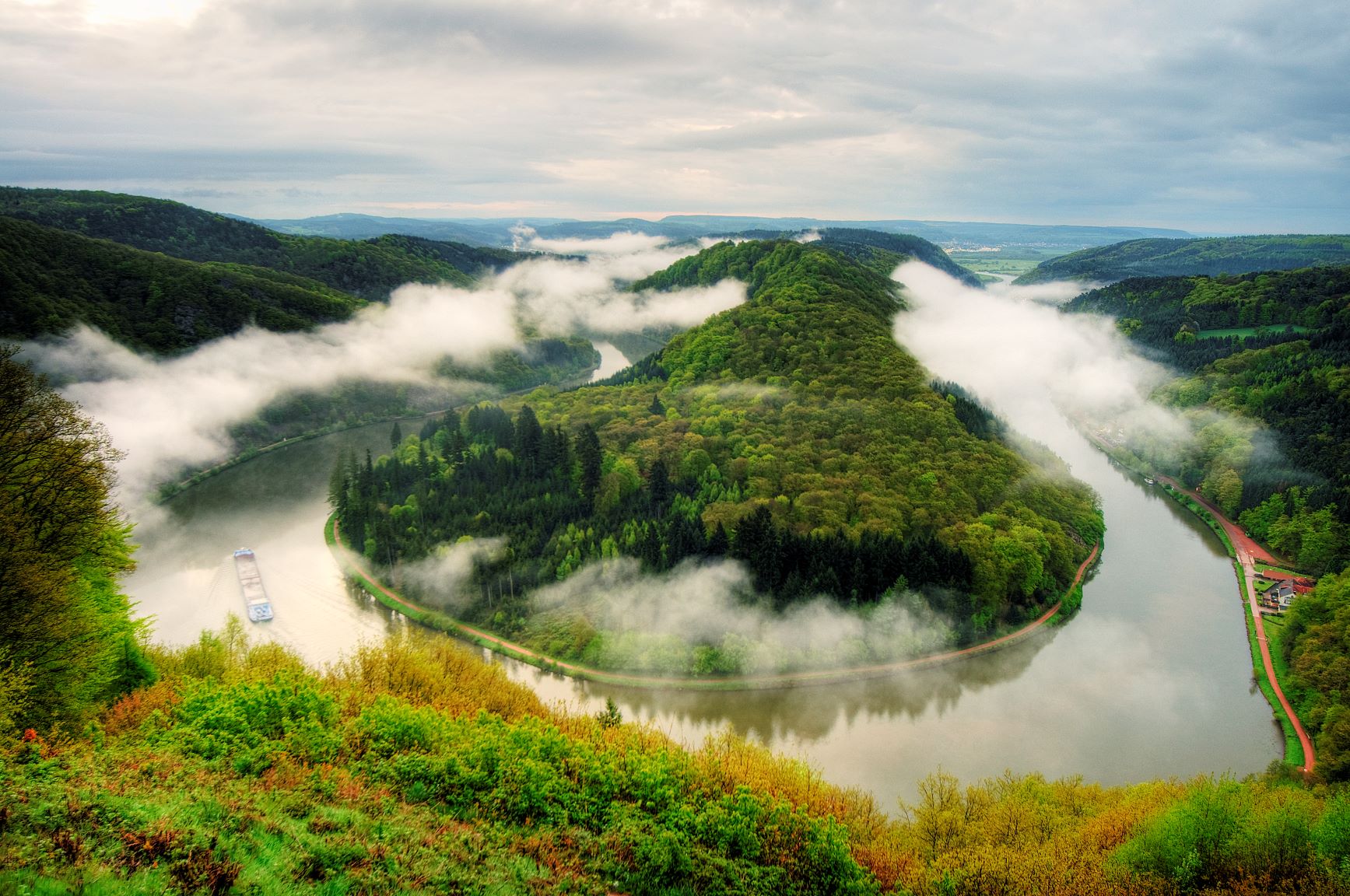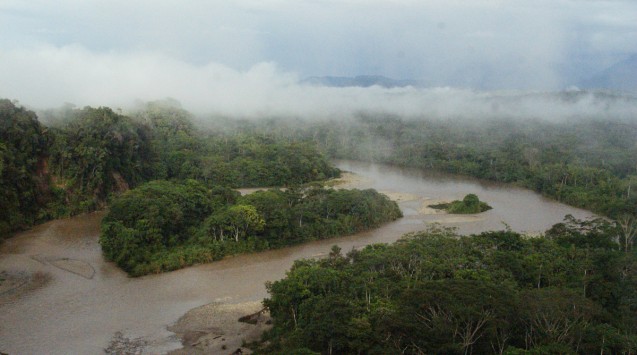

The Boiling River of the Amazon
What comes to your mind when you think of the Amazon? Some might think of the thick dangerous jungle, while others may think about exotic animals living in the tropical environment.
People who are adventurers may think of lost civilizations, ancient legends, and forgotten cities of gold.
But do you know about a small village of native people of Amazon who live near a small river – home to powerful spirits according to the beliefs of shamans?
A river that is so hot that anything that falls into it can get boiled alive?
Does it sound like a myth to you or a story of legends? This is what many people think when they get to know the stories of a river, deep in the jungle of Amazon in Peru. Local people remember this river as Shanay-timpishka – meaning boiled with the heat of the sun.
The Boiling River
 There is always a chance of exception to rules, and the boiling river of the Amazon is a true example of an exception to the understandings of experts of the Amazon rainforest.
There is always a chance of exception to rules, and the boiling river of the Amazon is a true example of an exception to the understandings of experts of the Amazon rainforest.
A geophysics candidate at SMU, Andres Ruzo, spent several years of his life in understanding the phenomenon of the boiling river of the boiling river in the Amazon rainforest of Peru.
Local people of the village believe that the boiling river is birthed by Yucamama – a giant spirit – known as Mother of the Waters.
This Amazon boiling river is famous all-around Peru in stories for centuries. The researchers of an oil field discovered it. However, Andres was the first scientist who came to study the source of heat from the outside world.
Ruzo’s Time around the River
In 2011, Ruzo went to explore and see the boiling river himself with his aunt. From Pucallpa – the nearest city to the river – it took him about 4 hours to reach there that includes a 2-hour drive as well.
Shamans protect the boiling river of Amazon. It was not easy for anyone to collect water from the river without satisfying the shamans, but somehow, Ruzo did it. He, along with some locals, went to collect water from the river.
After meeting locals, Andres was able to study the boiling water of the river, but the local shamans had one condition – he would pour out the water once he finishes his studies. This is when he noticed a large spot – which was very hot – in the central part of the Amazon Rainforest in Peru.
Ruzo didn’t believe in the stories associated with the boiling river Amazon until he created Peru’s thermal map during his studies, which he was doing to become a geophysicist.
Interesting Facts
This boiling Amazon River has a width equal to a 2-lane road. At the starting of the river, the water is cold, but it becomes hot and flows being hot in the last 4 miles of the river. The deepest part of the river is as deep as 16 feet. Although it has boiling water, the river is naturally non-volcanic.
- Its water is heated at an average of 186-degree Fahrenheit across its length – 4 miles. You can just imagine the amount of heat required to keep this large volume of water body heated near to a boiling temperature.
- This near-to-boil water can cook small animals within seconds, leaving the remains of unfortunate cooked animals on the bed of the river.
- If not the volcano, from where does this heat come from?
- Well, the answer to this question lies in the geothermal gradient of our Earth. As we all have studied in the geology classes that as we go deep down the Earth, it gets hotter.
- This heating is a combination of residual heating from the planetary accretion, radioactive decay, and various other smaller heat sources.
- Away from the active volcanos and the boundaries of a tectonic plate, the temperature raises 25-degree Celsius as you go per km deep in the crust.
- If we assume that the average temperature of the surface of the Amazon is 80-degree Fahrenheit, and assuming the typical geothermal gradient – using general calculations – water needs to migrate 1.37 km into the crust of the Earth to get heated at a temperature of 186-degree Fahrenheit.
- However, we would assume that meteoric water traveled at least 1.4 km into the crust of the Earth.
According to this theory, the meteoric waterfalls on the surface of the rainforest of Amazon and finds out deep-root faults, where it travels down the Earth. There, it gets heated according to the geothermal gradient.
It then, most likely, comes to the surface of the Earth through various faults and cracks and fault-fed hot springs that heat up the water of the boiling river Amazon.
The features of the Earth in this part of the world make the phenomenon of water boiling in a river very rare. According to Ruzo, there is not a single thermal river other than this on the planet with this magnitude.
As Ruzo’s studies have helped in understanding the importance of this boiling river of the Amazon, he is now working with the government of Peru to declare the boiling river and its surrounding forest as a national monument.
Since his first visit to the boiling river of the Amazon, the journey has reduced by three hours drive because of the rapid process of deforestation. The commercialization of that area is also a threat to the unique river of the world.
He is working hard to ensure that this unique ecosystem is not affected by deforesting or other activities that can endanger this unique boiling river and its surroundings.
We all need to work together to save this unique boiling river which should be a national monument of Peru. This river is sacred to the local people living in a small village near it.
No doubt, it wasn’t an easy task for Ruzo to go there and study the process of heating water at this boiling river Amazon, because of its scarcity for local villagers.
Summary
Amazon River is really unique and mysterious. Having a rich culture, fabulous beauty, and breathtaking sceneries, it is considered a real natural wonder. That’s why we need to do our best to protect the Boiling Amazon River from deforestation and other activities that could harm its unique ecosystem.

Leave a Comment